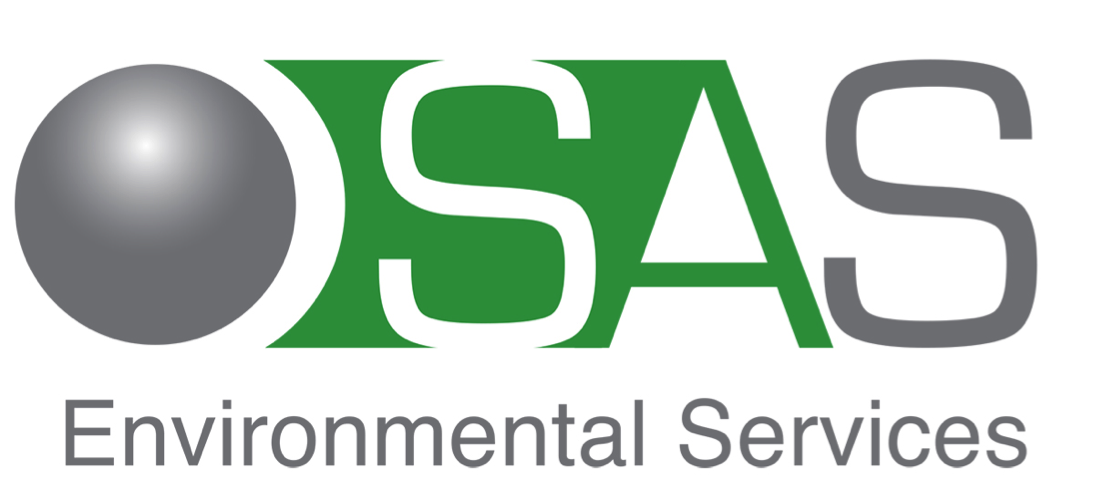The Role of Carbon Offsetting on the road to Net Zero
/Achieving Net Zero can deliver a range of business advantages– from demonstrating environmental credentials and building customer confidence in your brand, to improving staff engagement with your broader sustainability programmes. It can even deliver business growth opportunities – building resilience in supply chains, supporting growth in key markets and helping to launch new products and services.
Companies are taking the lead by measuring, reducing and where necessary, offsetting their emissions. Some of the world’s biggest Oil & Gas Companies are taking the lead in making commitments to meet Net Zero targets. Is it about offsetting?
It is frequently stated that the road to Net Zero is one strewn with good intentions, or in this particular case, one of offset responsibilities. Many industrial processes cannot be replaced with carbon neutral methodologies. It is the case that once a full implementation of reduce, replace and manage is exhausted that the role of carbon offset becomes important.
Can offsetting carbon emissions really tackle climate change?
Offsetting alone is clearly not going to tackle climate change. It is simply a part of a planned strategy of carbon reduction. But even in the best case scenario this transition will take time and in the meantime everyone will have a carbon footprint, regardless of how hard they try to reduce it. Until we reach a zero-carbon world we need to do something about this unavoidable, residual carbon footprint. Paying to reduce an equivalent amount of carbon emissions through voluntary carbon offsetting is the most cost effective, fast and efficient way of doing this.
Isn’t carbon offsetting is just a short term ‘stop gap measure’ for businesses to carry on emitting greenhouse gases, rather than address their carbon footprint? Businesses nearly always reduce first. In reality, nearly all businesses invest in reducing their in-house carbon footprint before considering a payment to offset what remains. Internal reduction activities frequently save money, while investing in carbon offsetting involves a financial outlay. Few businesses make this sort of investment without first getting their own house in order and being fully committed to operating sustainably.
The alternative is doing nothing. Even if a business has done all it can to reduce its emissions it will still have a carbon footprint. Paying to offset them, is better for our environment than the alternative, which is to do nothing at all. Offsetting delivers real benefits for the environment and local communities.
SAS MIST Process - how it helps with your waste, step-by-step.
Is carbon offsetting enough?
Offsetting is a first step in the right direction and meant to balance the scales. However, current governmental and social pressures push towards a more pro-active strategy in tackling CO2 emissions and tacking responsibility along the corporate chain. Offsetting an already reduced amount of emissions is better. To remain competitive, oil companies must demonstrate they have taken steps in transforming their operations to become as carbon neutral as possible.
SAS Environmental Services has taken this philosophy to heart. Using a combination of innovative chemistry, state-of-the-art engineering and over 40 years of cumulated experience in the industry, we help oil waste companies to reduce their oil waste through low energy processes.
Download our SAS MIST 220 to discover more.





